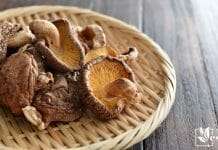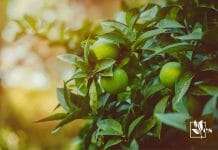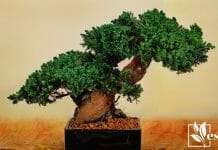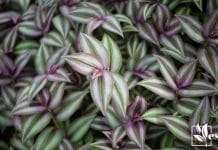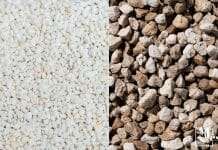As a gardener looking forward to the spring season, planning for the inevitable late frosts is crucial for ensuring a successful pea crop. Peas are one of the first vegetables I plant in my garden with the understanding that they are somewhat frost-tolerant. Despite their resilience, young pea plants are still vulnerable to unexpected and severe frosts that spring may surprise us with. To ensure these tender plants make it through such chilly nights, I’ve adopted several tried-and-true protective measures.
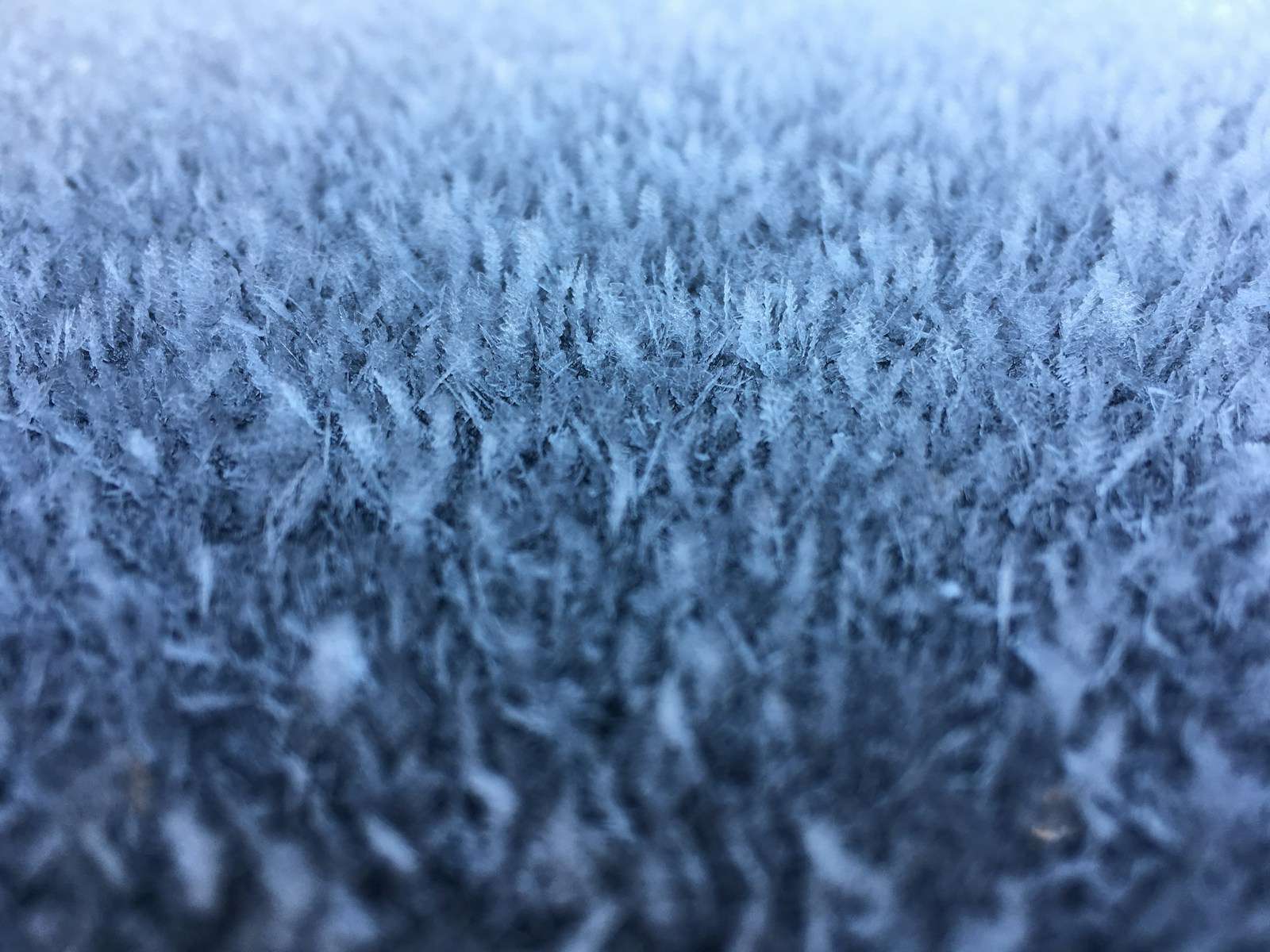
I’ve learned that timing and preparation are everything when it comes to protecting my pea plants. Planting peas at the right time in spring is essential; this means paying close attention to local weather forecasts and historical frost dates. Although peas can withstand mild frost, temperatures that dip too low can still harm them. Therefore, I make it a point to be proactive with insulation and shelter. Mulching around the peas is an effective way to keep the soil warm, and using row covers or frost cloths can provide an additional shield against cold nights.
Protection from frost doesn’t stop at physical barriers; I also mind the moisture levels in the soil. Knowing that wet soil can freeze and harm the roots, I avoid watering my pea plants right before a predicted frost. On the other hand, well-hydrated plants during regular weather conditions tend to be stronger and better equipped to deal with stress, including frosts. By applying these strategies, I safeguard my peas, ensuring that when warmer days consistently arrive, I’ll be rewarded with a healthy harvest.
JUMP TO TOPIC
Identifying and Understanding Frost Threats
Frost events can severely impact pea plants, affecting both growth and yield. My focus here is on recognizing frost risks and interpreting weather patterns to safeguard these vulnerable crops.
The Effects of Frost on Pea Plants
Frosts, especially hard frosts where temperatures drop below 28 degrees Fahrenheit, can damage the tender tissues of pea plants, leading to reduced vigour and potential crop loss. Even cool temperatures nearing freezing can slow their growth, making understanding frost a critical element in pea cultivation. Light frosts might not fatally harm plants, but repeated exposure can weaken them, making them more susceptible to diseases and pests.
- Pea plants can endure light frosts that hover around 29 to 32 degrees Fahrenheit.
- Freezing temperatures below 28 degrees Fahrenheit for extended periods, known as a “hard frost,” can cause significant damage to pea plants.
Weather Forecast and Frost Prediction
I always remind myself to actively monitor weather forecasts during the growing season to anticipate frost events. Weather predictions have become more precise, allowing gardeners to prepare for frost events with more confidence. When a frost warning is issued, it typically means temperatures are expected to reach the lower 30s or below, prompting immediate protective action for pea plants.
I pay close attention to the temperature range indicated by the local weather forecasts. This helps me to determine the likelihood and severity of a frost event.
Protective Measures Against Frost
To shield pea plants from frost, employing the right techniques is crucial. I focus on methods that ensure the plants are well-insulated and reduce the risk of damage caused by cold temperatures.
Using Mulch to Insulate Soil
Employing Row Covers and Frost Blankets
💥 Row covers and frost blankets are essential.
I know from experience that these coverings are incredibly effective at providing a physical barrier against frost. I usually lay them over the pea plants and secure them to the ground to prevent them from blowing away. The materials I choose range from simple burlap to more sophisticated, purpose-made frost blankets that allow light and moisture in while keeping the cold out.
The Role of Water in Protecting Plants
Avoid watering peas 48 hours before an expected frost.
I avoid watering my pea plants directly before a frost because excess moisture can freeze and harm the tender shoots and leaves. Normally, well-draining soil helps mitigate this risk as well. When I do water, I prefer doing it in the morning so that the plants are dry by evening. This strategy reduces the likelihood of frost damage overnight.
Cultivation and Care for Pea Plants
Effective pea cultivation hinges on selecting robust varieties suitable for the climate, preparing soil that provides adequate nourishment and drainage, and timing the planting to leverage optimal growth conditions.
Choosing the Right Pea Varieties
When I consider pea varieties, my preference leans toward garden peas, snap peas, and snow peas depending on the recipe I plan to use them for. Garden peas are perfect for traditional shelling, snap peas deliver a crunchy pod suitable for snacking, and snow peas are ideal for stir-fries. It is crucial to select a variety that matches your local climate and soil conditions.
- Garden peas: for cooler climates with well-draining soil.
- Snap peas: for a crunchy, edible pod.
- Snow peas: for quick cooking and stir-fry purposes.
Soil Preparation and Maintenance
The right soil preparation is key to pea plant health, and I ensure the soil temperature is just right — ideally, around 45°F for starting seeds. I add organic matter to my garden to enrich the soil and aim for a pH of 6.0-7.5 for optimal growth. Young pea plants have shallow roots and benefit from soil that retains moisture without becoming waterlogged.
| Soil Characteristic | Importance for Peas | Ideal Condition |
|---|---|---|
| Soil Temperature | Germination | Around 45°F |
| pH Level | Nutrient Availability | 6.0-7.5 |
| Organic Matter | Soil Health | Compost/Manure |
Optimizing Planting and Growth Timelines
I ensure to start planting early, as pea plants excel in cool temperatures and even endure light frosts with minor protection. However, they can be harmed by more severe frost, so I keep an eye on the forecast. Vine varieties require support, and pea tendrils will grasp and climb, which reduces the risk of rot and disease.
💥 Plant Growth Tips:
Harvesting and Preserving Your Pea Crop
When the time comes to harvest peas, ensuring a careful approach will lead to both a bountiful and successful harvest of this cool-season crop. Subsequently, proper storage steps will maintain the freshness and flavor of your produce.
Achieving a Bountiful Harvest
I find it essential to harvest peas at the right moment; timing is everything. The pods should feel full when gently squeezed, but not bulging, which signals they’re ripe but not overly mature. Here are specific techniques I employ:
- Check daily: Peas mature quickly and checking your plants every day is crucial for a timely harvest.
- Harvest early: Pick peas in the morning when the sugar content is highest for the sweetest flavor.
- Gentle handling: To avoid damaging the vines and future crop, use both hands: one to hold the vine and the other to pull the peas.
As a cool-season crop, peas do not need excessive heat to prosper, but they do require care and attention, especially when it comes to picking. If harvesting is delayed, pods can become tough and lose their desirable sweet flavor.
Storing and Enjoying Fresh Peas
Once harvested, peas should be enjoyed or preserved quickly to maintain their peak quality. I always follow these simple yet effective storage steps:
Shelling and Washing: Shell the peas, rinse them, and blot them dry. Fresh peas can brighten any dish with their crisp texture and sweet taste.
For short-term storage, I place the shelled peas in an airtight container inside the refrigerator. They will keep well for about a week. For long-term preservation, blanching peas for 1-2 minutes and then plunging them into ice water stops the enzymatic process, preserving their color and flavor for freezing. Stored in freezer bags, peas can last several months. This way, you can enjoy fresh-tasting winter peas well beyond their season.
Remember to handle your peas gently, post-harvest, for optimal preservation. And with a bit of diligence, the produce you worked hard to grow will provide delicious, nutritious meals to recover from those colder days.


